
Earth is the third planet from the sun.
- Subject:
- Science
- Provider:
- Utah Education Network
- Author:
- Visual Learning Company
- Date Added:
- 02/28/2010

Earth is the third planet from the sun.
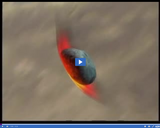
Many scientists believe a meteorite struck Earth over 65 million years ago and is responsible for altering Earth's weather, which led to the extinction of dinosaurs and other life.

Saturn is the sixth planet from the sun.
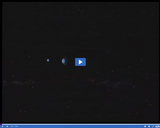
Uranus is the seventh planet from the sun and is located twice as far away as its neighbor.

Acid rain is created when pollutants, such as sulfur dioxide and nitrogen oxide, enter the atmosphere and combine with water vapor to form acids, which fall to Earth in the form of acid rain.

Electrons orbit the nucleus at extremely high speeds. The space they occupy is called the electron cloud, which takes up the majority of the space of an atom.
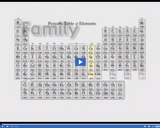
Elements arranged in a column in the periodic table are referred to as a family. Elements within families have similar properties. For example, these elements in row #11 are all relatively heavy metals.
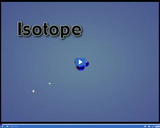
Isotopes are atoms of the same element that have different numbers of neutrons. For example, carbon may have 6 or 8 neutrons.

Atoms can combine to form molecules.

In the periodic table, each horizontal row is called a period. Atomic numbers increase as you move across a row, but elements in the period have little in common.
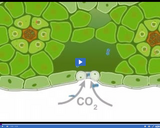
An extra photosynthetic pathway, called the "C4 pathway," acts as a carbon dioxide pump that provides more fixed carbon to the Calvin cycle. This allows C4 plants to fix CO2 more rapidly, thus producing more glucose.
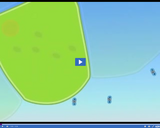
To prevent water loss, they close their stomates during the day. This inhibits the entry of carbon dioxide. To compensate, they take in CO2 during the night when stomates are open.
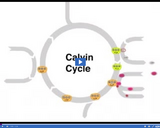
Carbon fixation takes place via a series of complex reactions collectively referred to as the "Calvin cycle." The starting and ending point in the Calvin cycle is a 5-carbon sugar called "ribulose bisphosphate," or RuBP for short.
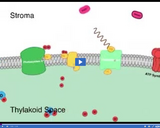
Light-dependent reactions occur in areas of the thylakoid referred to as "photosystems." There are two different types of photosystems called "photosystem I" and "photosystem II."
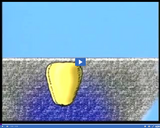
An animated depiction of germination
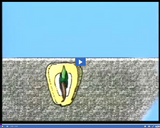
Gravitropism is a plant's response to gravity. Roots are considered to be gravitropic because they grow in the same direction as the pull of gravity.
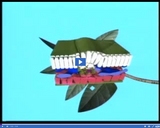
An animated depiction of the interior of a leaf
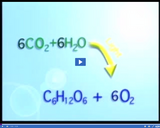
The chemical equation used to illustrate the chemical reaction that takes place in photosynthesis includes carbon dioxide, water, light, glucose, and oxygen.
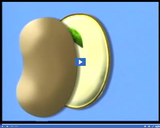
A seed is surrounded by a seed coat, which protects the inner tissues of the seed. The embryo gives rise to a mature plant. Embryos contain one or two seed leaves, called cotyledons, where the seed stores food.
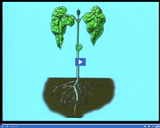
Plants possess vascular tissue, which is a system of tiny tubes that move food and water throughout the plant.